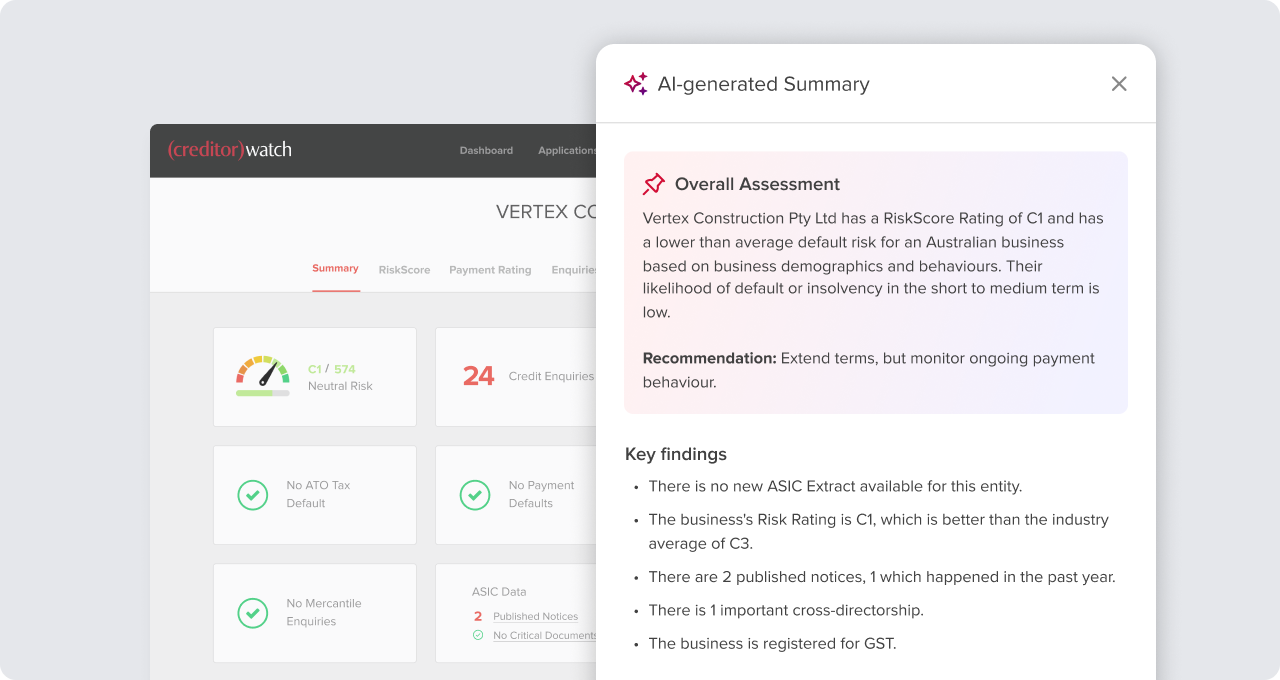Q: What is financial risk?
A: The definition of financial risk is the potential for loss or adverse consequences resulting from inadequate or failed financial decisions, investments, or operations. It encompasses various factors that can impact a company’s financial stability and profitability.
Financial risk involves the uncertainty and volatility associated with financial decisions, investments, and operations. It arises from factors such as market fluctuations, economic conditions, regulatory changes, credit defaults, liquidity issues, and strategic missteps.
How does financial risk work?
Financial risk operates by exposing a business to potential losses or negative outcomes that can affect its financial health. It arises from both internal and external sources and can impact different areas of a business, including its cash flow, profitability, solvency, and overall value. Effective financial risk management helps businesses navigate uncertainties and mitigate potential negative impacts.
Why is understanding financial risk important for businesses?
Understanding financial risk is crucial for businesses due to several reasons. First, it enables companies to anticipate and prepare for potential challenges and disruptions, thereby enhancing their resilience. Second, it assists in making informed financial decisions, including investment choices, financing strategies, and risk-reward trade-offs. Finally, understanding financial risk helps businesses safeguard their long-term sustainability and maximise their performance in dynamic market environments.
How can a business identify financial risk?
Businesses can identify financial risk through comprehensive financial risk analysis. This involves assessing various factors such as market conditions, industry trends, internal financial statements, cash flow projections, debt obligations, credit ratings, and potential external events that may impact the business. Conducting regular risk assessments and utilising risk management tools can aid in identifying potential financial risks.
What are the main types of financial risk for businesses?
- Credit risk: Refers to the potential for financial loss resulting from the failure of customers or counterparties to fulfil their financial obligations. It is the risk that a borrower or debtor will be unable to repay a loan, honour a contract, or meet their payment obligations, leading to potential financial losses for the business. Aspects of credit risk include default risk and payment delays.
- Liquidity risk: Refers to the potential for a company to face difficulties in meeting its short-term financial obligations or accessing sufficient cash to fund its operations. It is the risk of not having enough liquid assets or cash flow to cover immediate financial needs, which can lead to disruptions in business operations and financial distress.
- Operational risk: Operational risk is the potential for loss or negative consequences arising from internal factors, processes, systems or external events that impact the company’s operations. It encompasses a wide range of risks associated with day-to-day business activities and the failure or inefficiency of internal processes, people or systems.
- Market risk: The potential for financial losses or negative impacts on the value of investments or assets due to fluctuations in market conditions. It is the risk associated with changes in market prices, including interest rates, exchange rates, commodity prices, and stock prices, among others. Market risk affects businesses across various industries and can arise from both domestic and international markets.
- Strategic risk: Arises from poor strategic decision-making, inadequate planning, or changes in the competitive landscape. It encompasses risks associated with the long-term direction, goals, and competitive positioning of a business. Strategic risk can arise from both internal and external factors and has the potential to significantly impact a company’s financial viability and overall success.
What are some examples of financial risk?
Examples of financial risk include currency exchange rate fluctuations impacting import/export businesses, interest rate changes affecting borrowing costs, default by customers on outstanding payments, supply chain disruptions affecting cash flow and investment losses due to market downturns.
What are the pros and cons of financial risk for businesses?
Pros of financial risk:
- Taking calculated risks can lead to higher returns and growth opportunities.
- Financial risk can incentivise innovation and strategic decision-making.
- Adequate risk-taking can help a business stay competitive in dynamic markets.
Cons of financial risk:
- Poorly managed or excessive risk-taking can lead to substantial financial losses and jeopardise a company’s stability.
- Financial risks can strain cash flow, hinder growth and limit access to financing.
- Uncertainties associated with financial risks can create instability and anxiety within an organisation.
What kind of tools and services are available to help with controlling financial risk?
Various tools and services can assist businesses in managing and controlling financial risk including:
- Financial Risk Assessments from credit reporting bureaus such as CreditorWatch provide a comprehensive look into the financial position of customers, suppliers or contractors.
- Credit reports to help with proper due diligence on new and existing customers.
- Monitoring systems for credit risk.
- Risk management frameworks and methodologies.
- Financial modelling and analysis software.
- Hedging instruments to mitigate market risks.
Get in touch
Get in touch today to hear how CreditorWatch can help your business improve financial risk management without breaking the bank.

Get started with CreditorWatch today
Take your credit management to the next level with a 14-day free trial.

